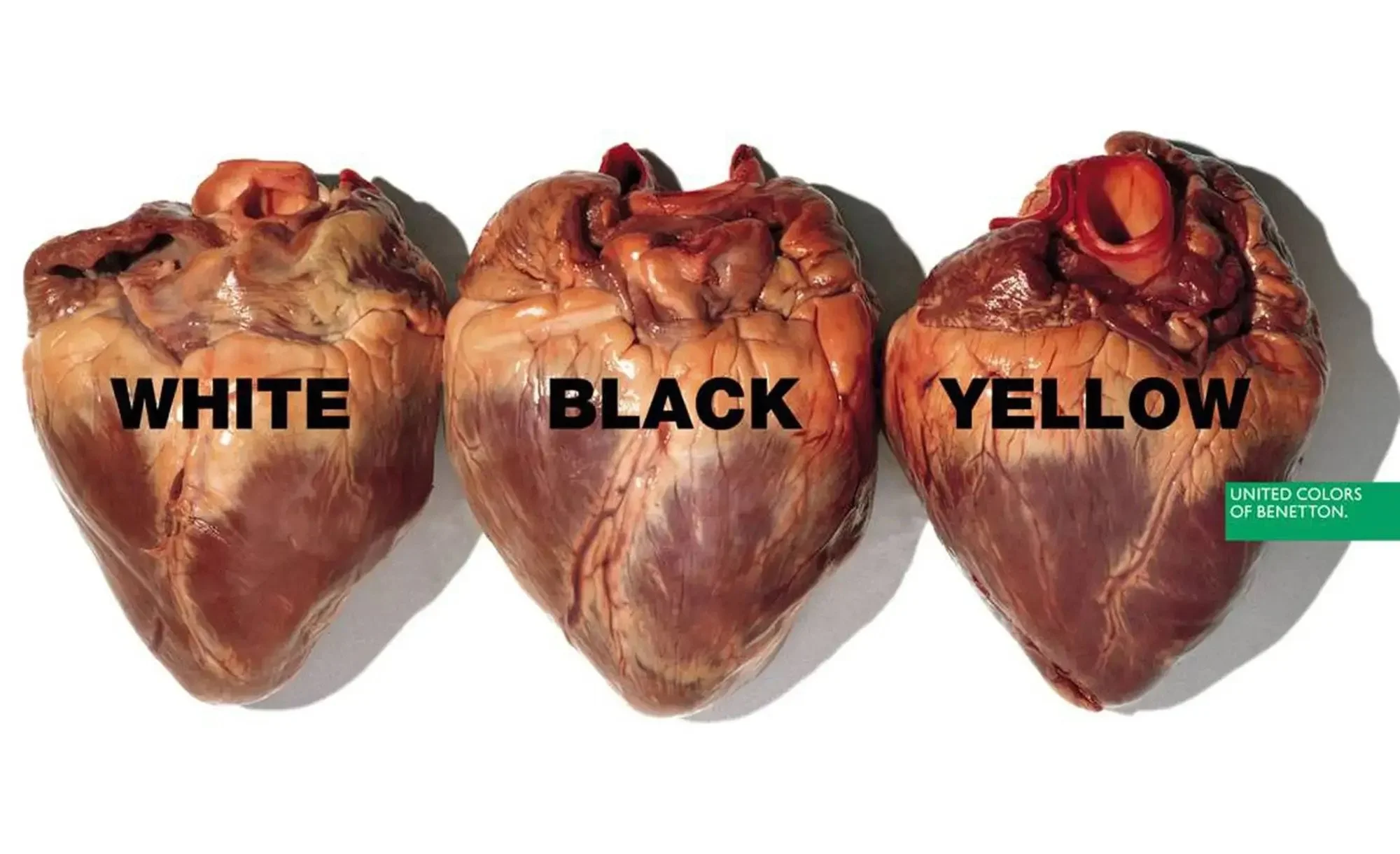Activism or Acting? How False Sincerity Can Ruin Relationships with Consumers.
By Paige Yoskin
Throughout the year—whether it’s Hispanic Heritage Month, Black History Month, Pride, or Women’s History Month—brands roll out campaigns, flood shelves with themed products, and plaster messages of support across billboards and screens. While it seems like brands are stepping up to address concerns, a closer look reveals most are simply telling us what we want to hear. Instead of making a genuine difference, they treat activism as a trend to be followed, proving the motivations of brands don’t always align with their consumers.
Brands, Drop the Act–This isn't a Stage
As consumers, we are specifically attuned to the inauthentic methods of large brands pursuing activism. The obvious tell? The substance behind the message. Is the brand offering resources, commenting on a controversial reality, or demonstrating how its values align with the cause? If not, the motivation behind the action becomes clear—profit off our passion. Nothing sends loyal customers packing faster than a brand faking its values. So why do companies keep rolling the dice? A 2022 study shows consumers stick by brands that take a stand they believe in--but here’s the catch. Too many brands see this as a money move, not a movement. Blinded by profit, they chase loyalty without putting in the real work, and consumers can smell the insincerity a mile away. Representation in media is already an uphill battle—imagine finally seeing yourself reflected in advertising, only to realize you’re just a pawn in a corporate profit game. Consumers sparked this wave of brand activism, and they’re not here for empty gestures. They want action, not aesthetics. It’s time for brands to prove they mean it.
Bad Publicity Comes with a Hefty Price Tag
Image courtesy: NBC News
Pepsi, why is Kendall Jenner leading a BLM protest… and hold up–is that a Pepsi can attempting to solve racism? The most viral example of performative activism is a 2017 spot by Pepsi. In the midst of the Black Lives Matter movement, people took to the streets to protest the violent and unjust treatment/representation of Black Americans, especially regarding police brutality. They replicated a protest and had Kendall Jenner ease the tensions by offering both sides a can of Pepsi. The brand was aiming to become the uniting force to bring everyone together again while completely ignoring the details of the movement. The spot centered around positivity and tried to paint the protests in a positive light. While it was made to be a reflection of our reality, nothing about the depiction was accurate to the situation, and it’s offensive to insinuate that it is. Their audience was furious that Pepsi was claiming such a nuanced situation could be “solved” by something as simple as a can of soda, especially from a famous (white) celebrity. We were all shocked that such an idea could pass through the checks and balances of an agency, but large brands can be out of touch with the intricacies of their consumers’ lives. In addition to becoming a social media meme, Pepsi faced consumer boycotts and lost millions of dollars after pulling the spot from all channels.
Avoid Faceplants: Follow the Pros, Not the Fails
Brands have always flaunted their values, but now they’re crashing the political party, whether consumers asked for it or not. Alienating consumers stands against everything a brand aims to achieve. Would you take on a multi-million dollar gamble? Not many brands would. That’s why the choice must be made with reason and understanding of the possibility of losing everything. The first examples of brand activism were seen as early as the 1980s when Benetton, a fashion company, created the “United Colours of Benetton” campaign. The goal was to foster unity within a divided country with topics of health, race, and sexuality. Without including their political preferences, the brand made a statement of the society we should become, what we must do to get there, and how they would help. The campaign was quite successful because their message was to create a “one-world” mentality rather than dividing them further. The campaign was very successful in creating a socially conscious brand image for the brand that still holds up to this day.
Image courtesy: Bynder
Brands like Benetton paved the way for titans of the industry like Nike to take great strides in brand activism. Just a year after Pepsi’s fiasco, in 2018, Nike released a spot for their 30th anniversary protesting police brutality with a controversial National Football League (NFL) quarterback, Colin Kaepernick. Kaepernick had been facing mass hate from NFL viewers after he knelt during the national anthem in protest of police treatment of Black Americans. Regardless of his intention, critics believe he was disrespecting the American flag. While we have the right to protest, the audience also has the right to let their grievances be known. Nike applauded Kaepernick’s courage in kneeling for what he believed in, even at great personal risk to his career. The brand followed suit and released a campaign that could have received the same backlash as the quarterback. In supporting Kaepernick’s protest, the same people who boycotted the NFL could similarly boycott Nike. Beyond centering Kaepernick in their campaign, the brand created merchandise–such as specialized jerseys–with his number. Regardless of the controversy, his merchandise was widely sold, even selling out their women’s Kaepernick jersey. Two years after the quarterback stopped playing, Nike had consumers continuing to buy the famed player’s jersey. If you’re wondering what the result was, the brand received tons of backlash from disgruntled fans, but in the end, they earned the respect of those who recognize the power of supporting the underdog. Anyone can handle some negative comments when they gain a profit of $6 million. Nike has been a market leader for decades. Not because they duck their head in the sand when times are tough but because they understand the power of taking a stand and are willing to “Just Do It,” regardless of the risk.
Image courtesy: Vox
When Authenticity Leads, Success Follows
Image courtesy: CNN
Brand activism is risky--alienate the wrong crowd, and it’s game over. But brands like Nike, Ben & Jerry’s, and Patagonia get it right because they prioritize values and consumers over the bottom line. With companies like Ben and Jerry’s, the result is establishing a strong brand identity in a highly saturated market, which leads to them selling $1 billion in ice cream each year. Patagonia takes this idea a step further by being a for-profit company owned by a climate change collective, ensuring all profits go to employees and the environment. Their competitor, The North Face, received criticism for performative activism in a campaign offering discounts to customers who take a racial inclusion survey. Some criticized the effort for trying to “change the majority instead of creating safe spaces for the minority.” This is a prime example of the difference between activism with a purpose and activism for profit.
If you find yourself wanting to follow a path of social justice campaigns, learn from past successes and failures alike, and always lead with good intentions. Consumers can tell the difference, and we know what it feels like to be surrounded by inauthenticity, so be sure to make a difference rather than cause more mistrust in the advertising industry.




